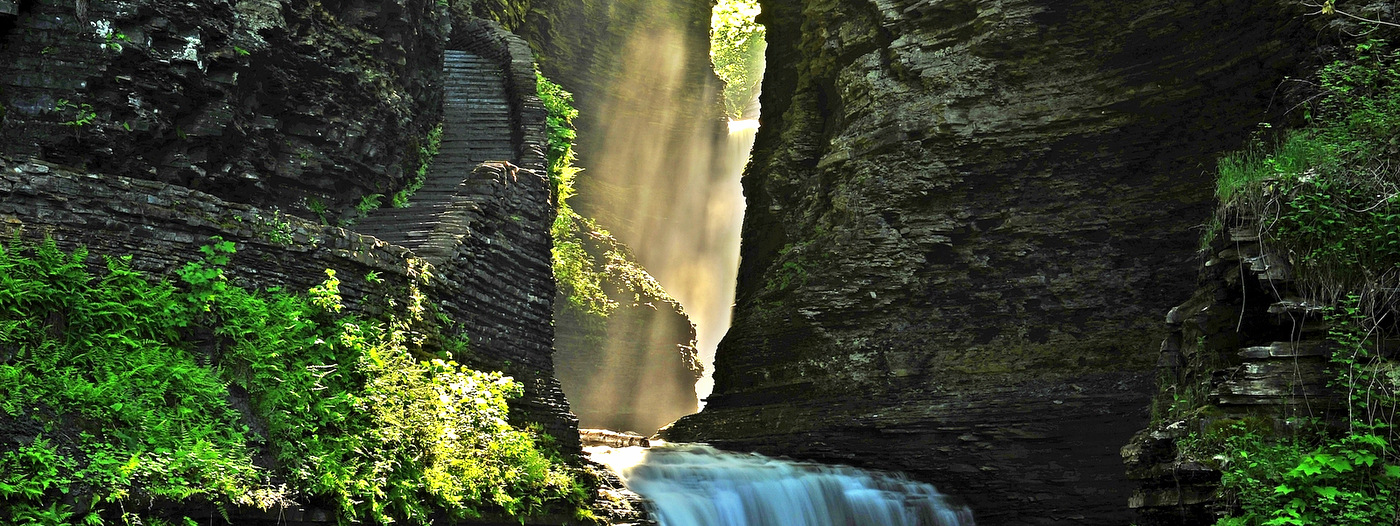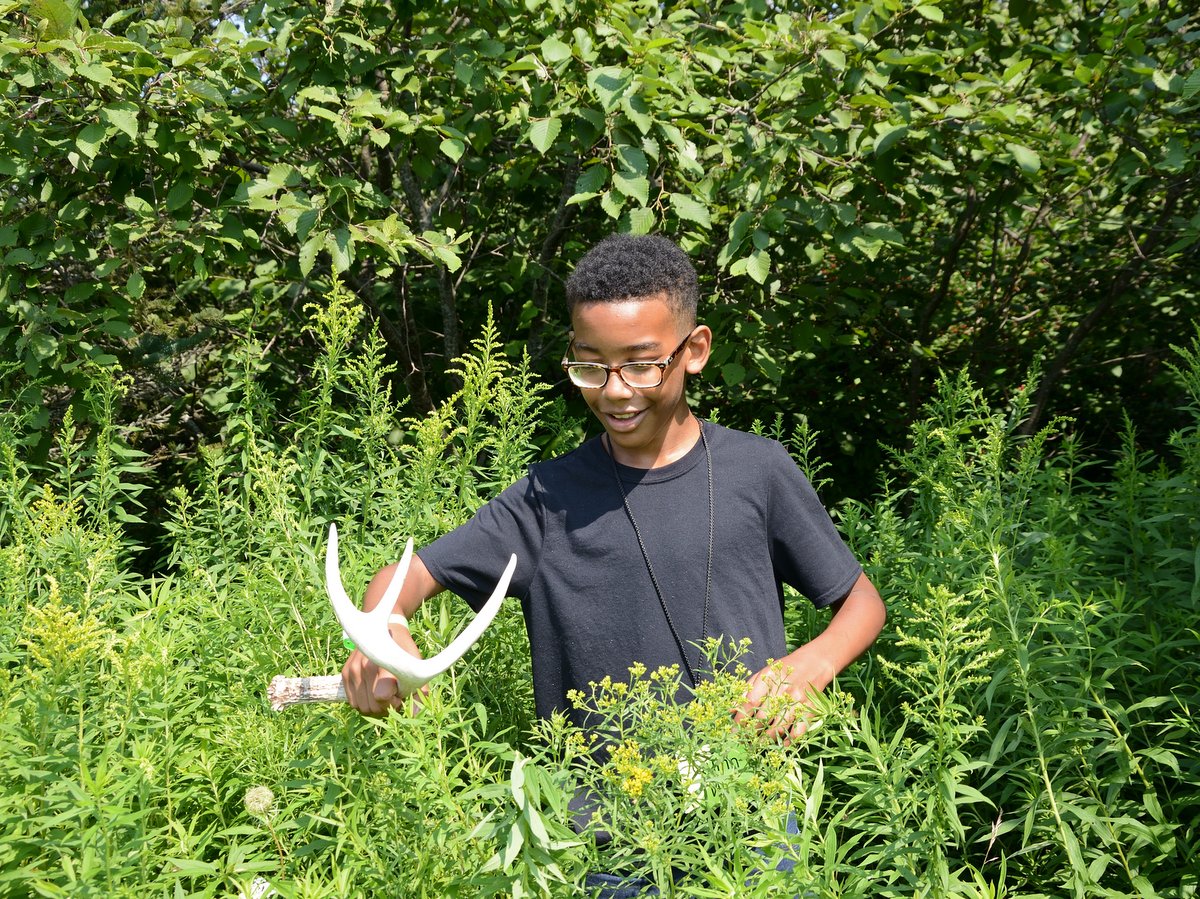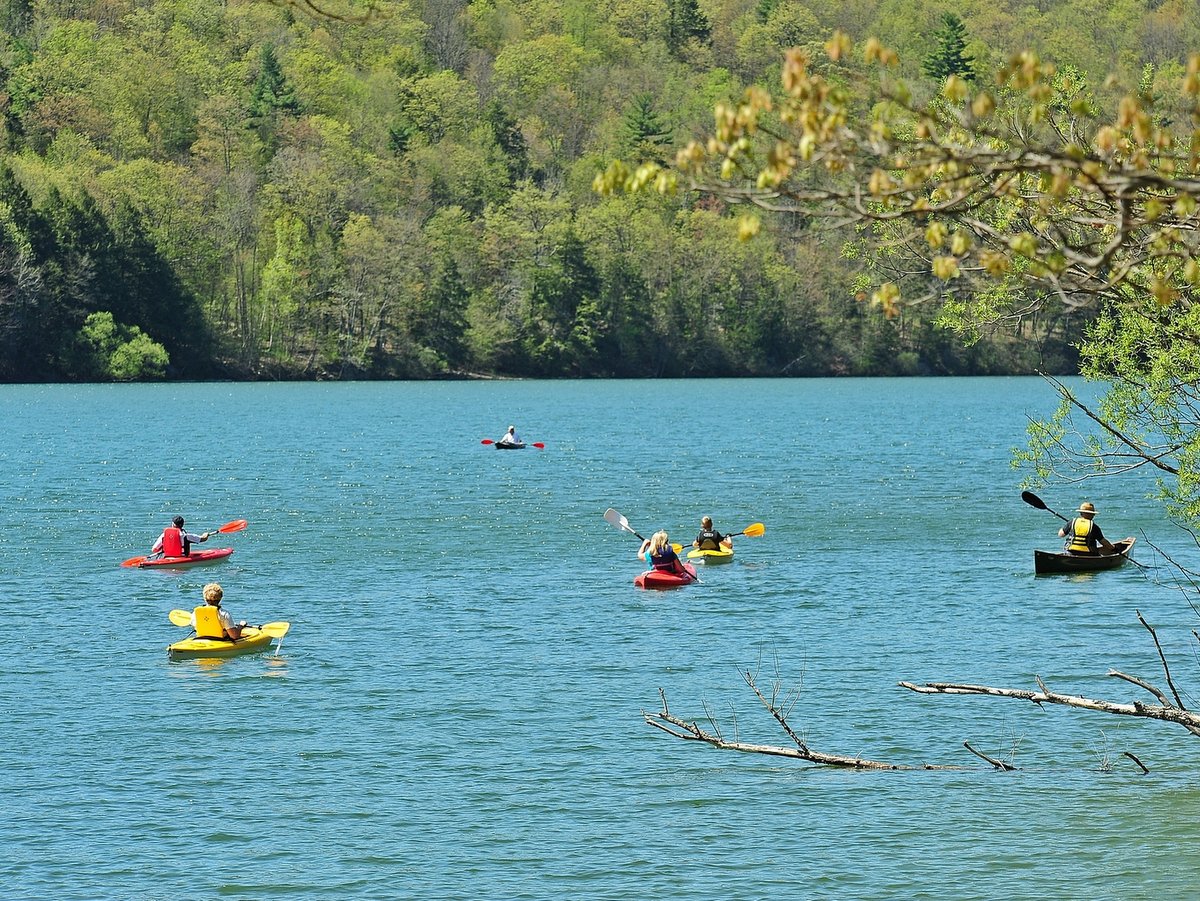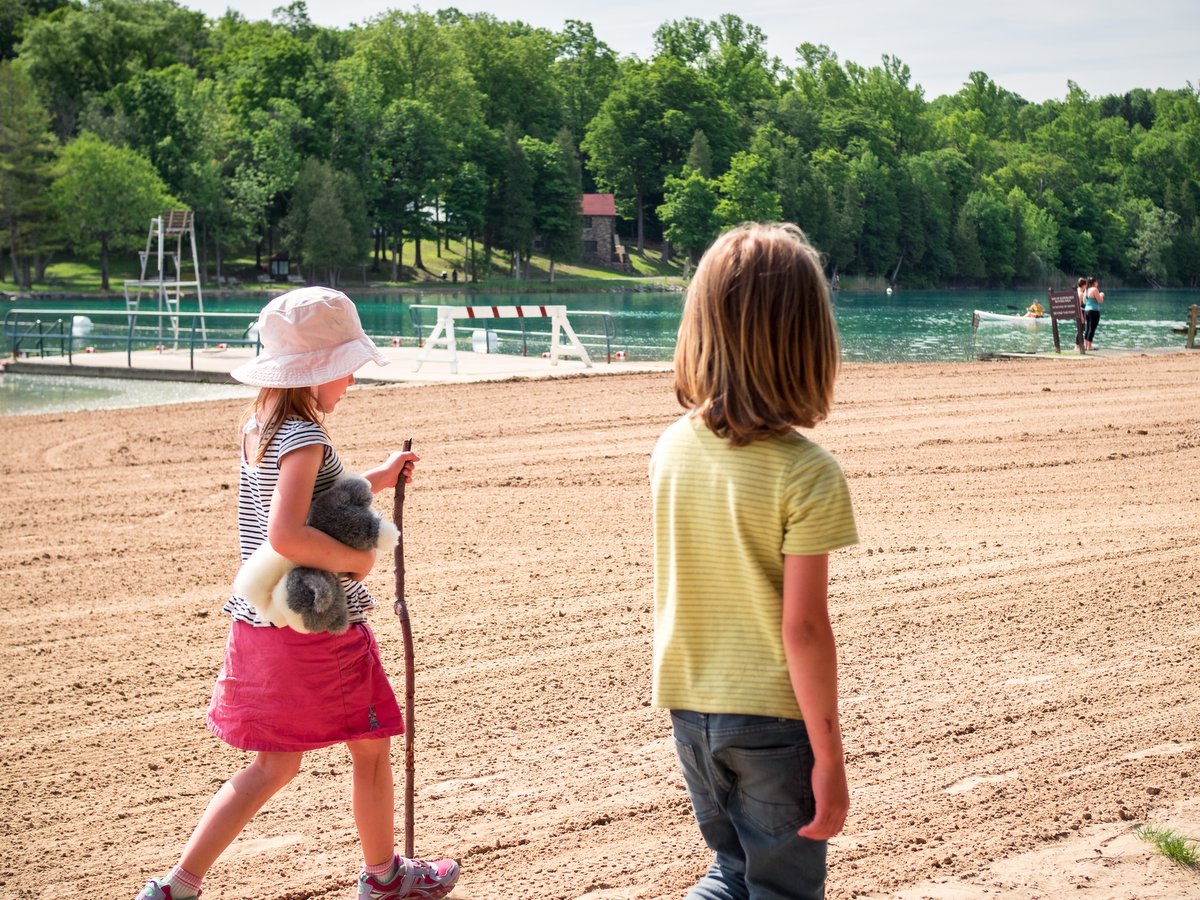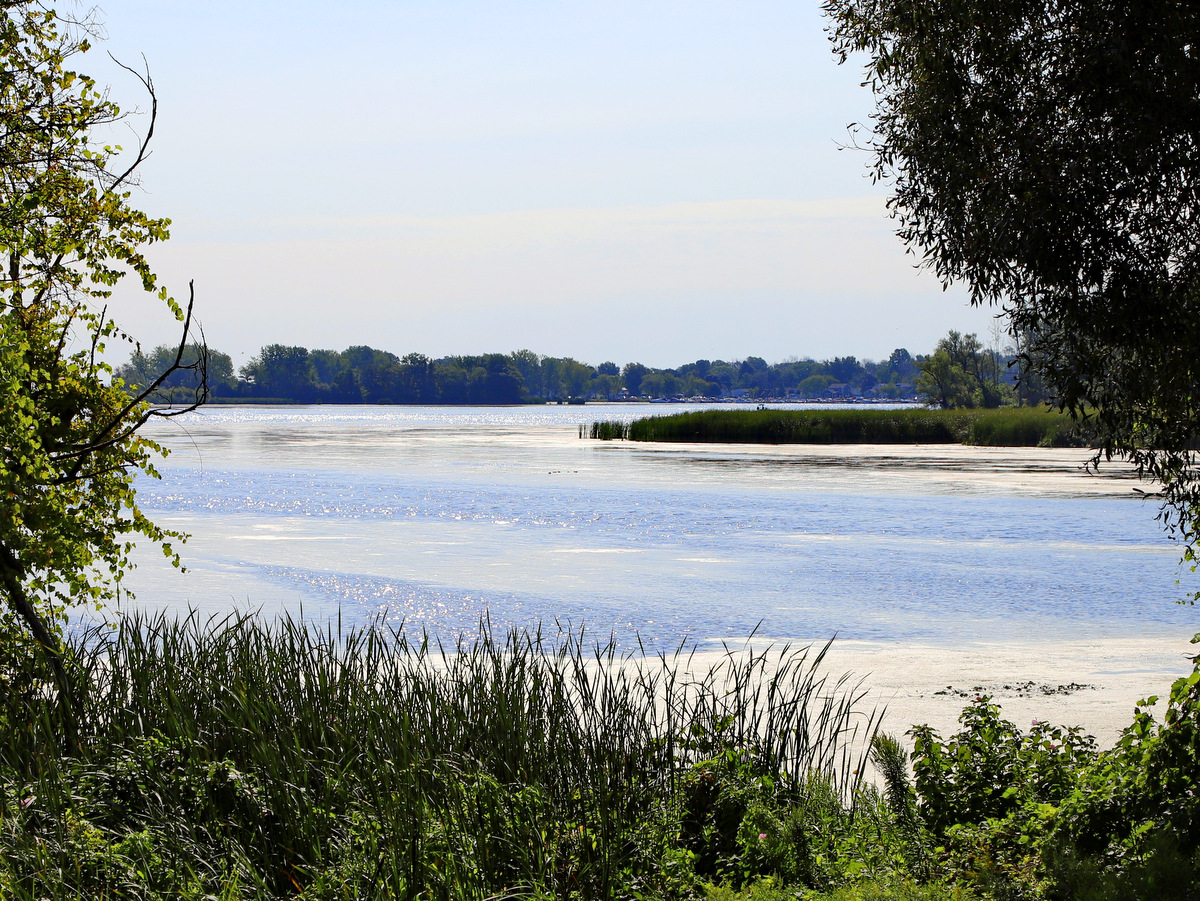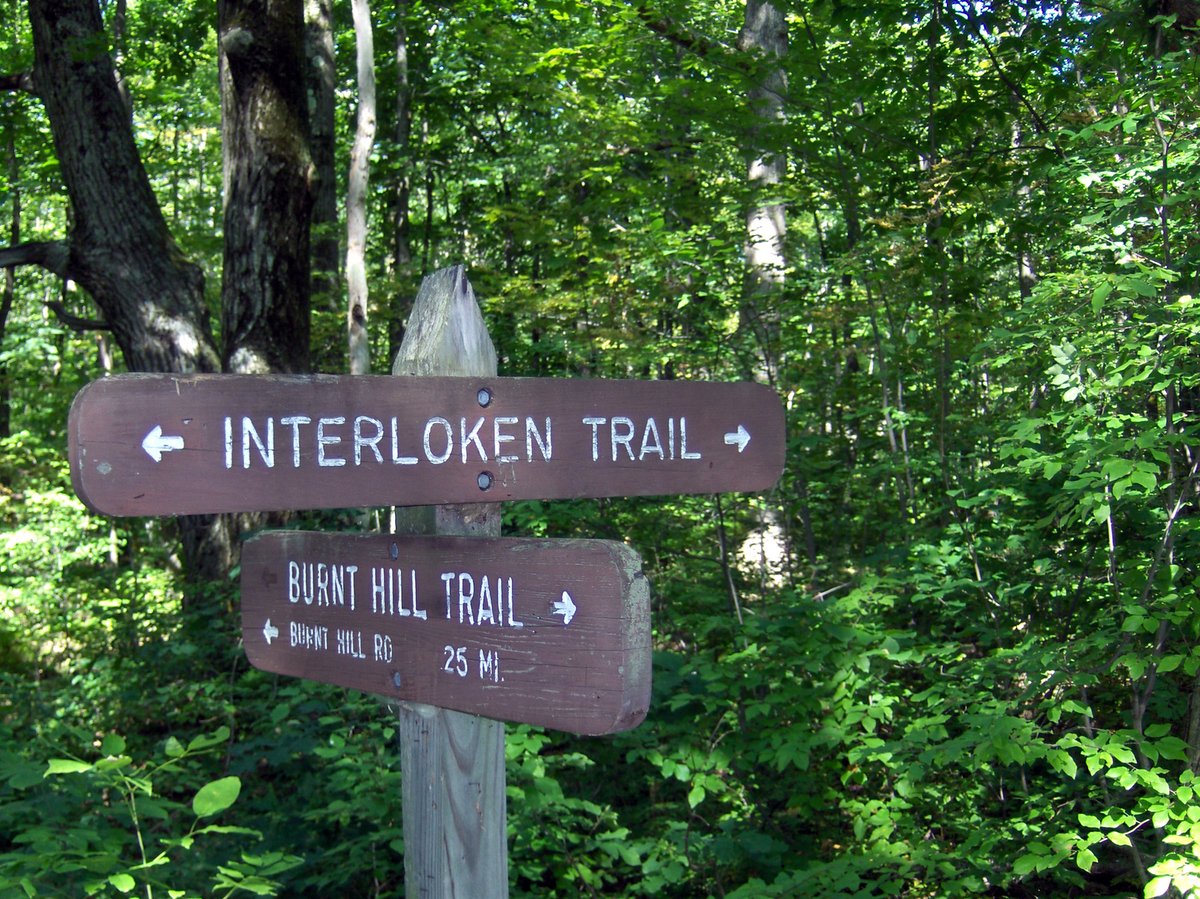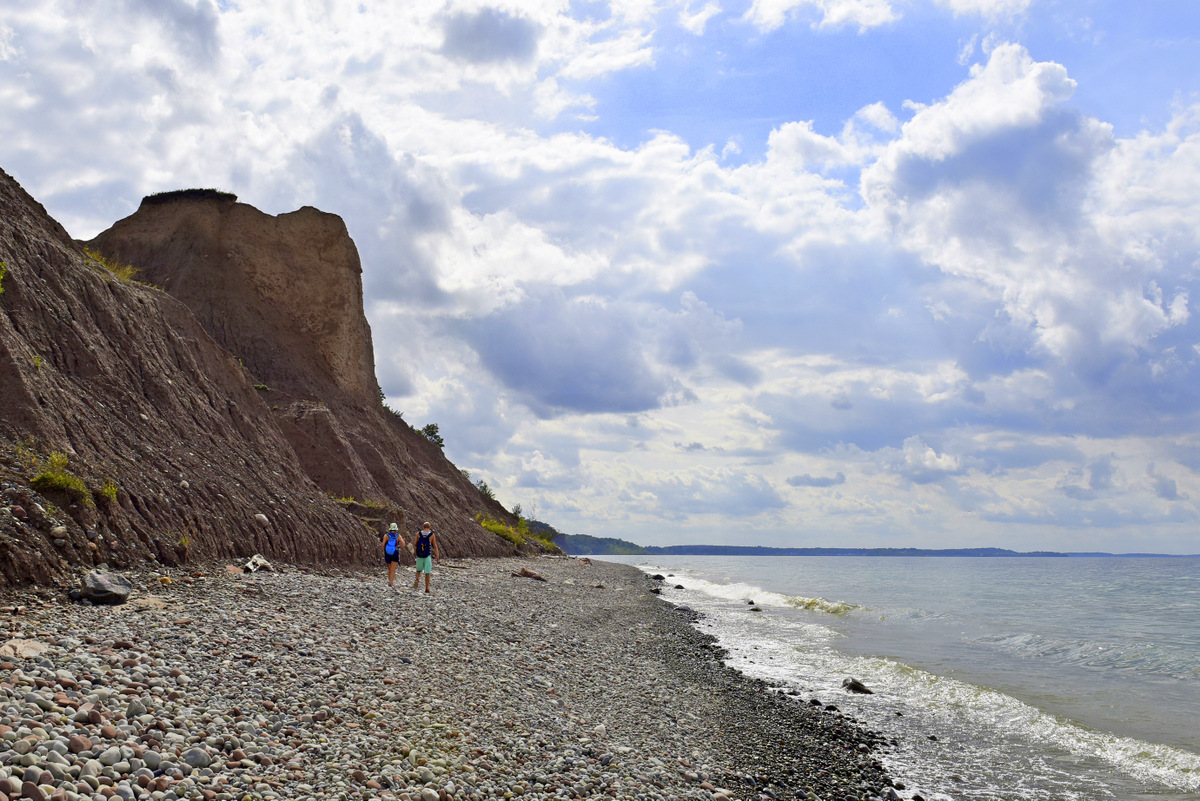Easygoing Autumn Hikes for Families and Seniors in the Finger Lakes Region
The Finger Lakes region is known for its rugged gorges, forested hillsides, and eleven awe-inspiring lakes. However, not all outdoor adventures require you to exceed your comfort level or ability. For families, seniors, or anyone looking for a leisurely stroll, there are many beautiful places to explore the natural and cultural history of our region.

Catharine Valley Trail
The Catharine Valley Trail is contiguous from downtown Watkins Glen to the hamlet of Pine Valley. It’s a great natural corridor that utilizes compact stone dust paths that are an absolute pleasure to walk or bike. Birdwatching opportunities await at the nearby Queen Catharine Marsh, accessible from the trail. When complete, the route will be roughly 12 miles long and will connect the communities of Watkins Glen, Montour Falls, Millport, Pine Valley and Horseheads.

Cayuga-Seneca Rail Trail
This trail follows an old railroad bed beside the Cayuga-Seneca Canal. The western end can be accessed by parking at Seneca Lake State Park or at the Bishop Nature Preserve, owned by the Finger Lakes Land Trust. The preserve has a large gravel parking area off West River Road and a newly constructed path that connects directly to the trail. Once on the canal trail, you can walk or bike along a broad, level, stone dust trail. Free of obstructions, the path allows you to take in the sights of the pastoral landscape.

Cornell Botanic Gardens
There is something for everyone at the Cornell Botanic Gardens, formerly known as the Cornell Plantations. There are hiking trails, nature walks, gardens, ponds, woodlands, meadows, glens, and more. The more cultivated and landscaped gardens and arboretum are ideal for young children, elderly parents, or simply for anyone wishing for a leisurely stroll.

Ganonondagan State Historic Site
Experience firsthand the customs and beliefs of the Seneca at Ganondagan State Historic Site. Open year-round, the 7.6-mile trail system features a series of interconnected paths that can be adjusted for longer or shorter hikes. The Trail of Peace is a 0.8-mile mowed loop trail which passes the Bark Longhouse and details Seneca oral tradition, how the Haudenosaunee became a confederacy, and the story of the original town of Ganondagan. Visitors can also enjoy a variety of birds that inhabit the meadows here along this mostly level path.

Labrador Hollow Unique Area
The most popular destination in Labrador Hollow is the universally accessible, quarter-mile path to Tinker Falls. Tinker Falls is a stunning example of a “hanging” falls. Its origin dates back to when New York and much of the North American continent was part of an inland sea. Additionally, the Labrador Hollow accessible boardwalk is nearly 2,000 feet in length and traverses a diverse wetland complex that provides a glimpse of New York’s flora and fauna.

Tanglewood Nature Center
The Tanglewood Nature Center features a variety of wildlife exhibits and a six-mile trail system. Multiple loops of varying difficulty and length, allow for leisurely strolls in the meadows or more vigorous excursions through the woodland. The trails are peppered with placards that have quotes from Mark Twain whose wit and thoughts help frame our views of nature in new and amusing ways.
This list was compiled as a general guide for families and seniors wishing to get outdoors. Visitors should check the web site for each trail, nature center, etc., for specific details on closings and other restrictions due to Covid-19.









